Maintaining proper tire inflation is relatively simple and essential to the overall tire performance of your vehicle. A properly inflated tire will provide longer life, quicker steering response, better fuel efficiency and a smoother ride than an improperly inflated tire. Both underinflation and overinflation can cause headaches like premature treadwear and possible tire failure. The best way to ensure you're getting the most out of your tires is to check your tire pressure on a monthly basis.
Knowing how to use a tire pressure gauge is very simple. Here’s how to check tire pressure and refill your tires.
Items You Need When Checking Tire Pressure
Tire pressure gauge
Air compressor
Pen and paper
Your tire pressure gauge can be digital or standard. Auto parts stores typically carry both. Many auto parts stores sell portable air compressors that run from your car battery or 12v power port. Alternatively, you can use the air compressor found at most gas stations. They usually cost $0.50 or $1.00 to use.
Vehicle manufacturers specify PSI – literally “pounds per square inch” of pressure – assuming tires are cold. Tires are considered cold when the vehicle has been parked for three hours or more, or if the vehicle has been driven less than a mile (1.6 km) at moderate speed. PSI is the unit your pressure gauge uses to provide readings.
Look on the driver’s side door jamb or your owner’s manual to find the recommended cold tire PSI for your front and rear tires. If you cannot find it, you should consult your vehicle dealer, manufacturer, or a qualified tire professional.
If your front and rear tires require different pressure levels, write down the correct PSI for each to avoid getting confused as you move around your vehicle checking tire pressure.
Remove the valve cap from one of your tires. Then place the pressure gauge on the valve stem and press down hard enough so the hiss sound disappears and your gauge provides a reading. With a standard gauge, the air pressure will push a small bar out from the bottom of the gauge. Measurement units are etched into the bar. A digital gauge will show you the reading on a screen.
Write down the reading and repeat this process for all four tires.
Use an air compressor to refill any tires with low pressure. Many air compressors are different, so read directions carefully to be sure you’re using it correctly.
If you’re using the air compressor at a gas station, be sure to park so that the hose will reach all four tires. Insert change into the machine until you hear the motor running. Fill each tire by placing the end of the hose over the valve stem and pressing on the lever.
Using a gas station air compressor means your tires might be “hot. ” If it is necessary to adjust inflation pressure when tires are “hot”, set their pressure to 4 psi (14 kPa) above the recommended cold inflation pressure. Recheck the inflation pressure when the tires are cold.
” If it is necessary to adjust inflation pressure when tires are “hot”, set their pressure to 4 psi (14 kPa) above the recommended cold inflation pressure. Recheck the inflation pressure when the tires are cold.
After filling your tires, use the gauge to check pressure again. At this point, it’s ok if you overfilled the tires because you can always let some air back out. Never drive on overinflated tires. Overinflation can result in decreased traction, premature wear, and decreased impact absorption.
Make the above procedure a monthly ritual. Regularly checking your tire pressure is the best way to ensure your tires never dip far below the optimal PSI.
Accuracy matters and you should keep that in mind when choosing a gauge. For just a few dollars, you can find a quality, accurate tire pressure gauge that gives accurate readings. If you’re not sure which one to purchase, ask a professional technician which he or she prefers.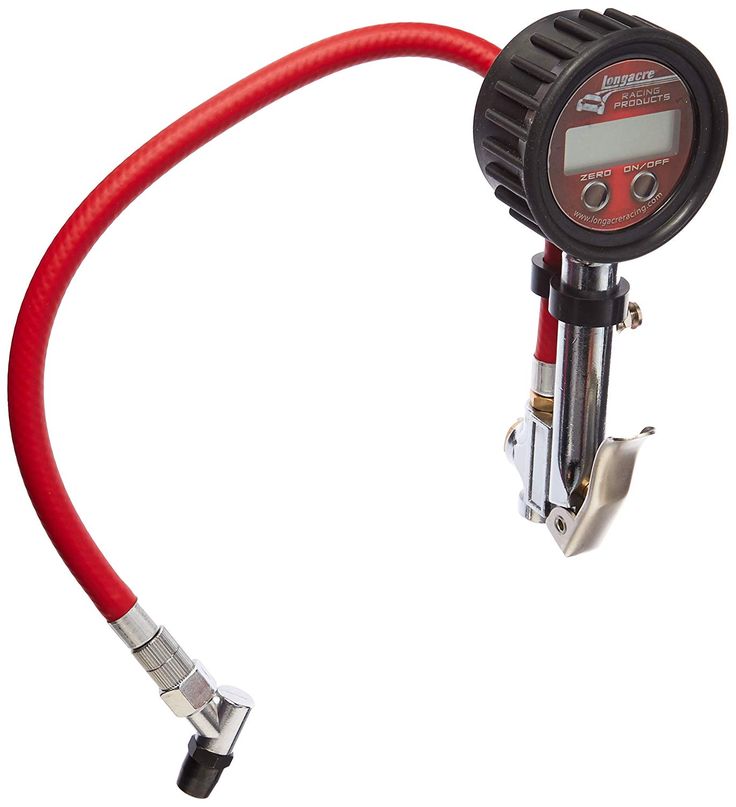
A digital tire pressure gauge will provide accurate readings, but don’t forget that it operates on a battery. If you think having to replace the battery will prevent you from using it, it’s best to go with a standard gauge.
It’s best to use your personal tire gauge versus those available attached to air hoses at service stations. Of all the pressure gauges out there, they’re the most likely to be weathered, and possibly inaccurate.
There’s never a good time for a flat. That’s why Bridgestone DriveGuard tires are masterfully engineered to keep you moving for up to 50 miles at speeds up to 50 MPH without disruption.
There’s never a good time for a flat. That’s why Bridgestone DriveGuard tires are masterfully engineered to keep you moving for up to 50 miles at speeds up to 50 MPH without disruption.
See Details Find Your Fit
From a safety and cost standpoint, tire maintenance is one of the most important things you can do for your car.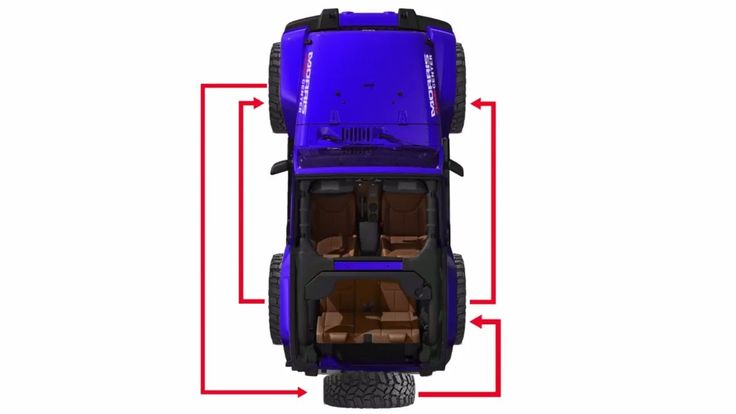 The easiest way to care for your tires is both quick and inexpensive: maintain the correct tire pressure.
The easiest way to care for your tires is both quick and inexpensive: maintain the correct tire pressure.
The recommended pressure for tires varies by the type of car and tire. Because maintaining your tires is so crucial to your safety and your car’s overall performance, it’s important to know what tire pressure is correct for your vehicle.
To learn what your tire pressure should be, look for your manufacturer’s recommendation, which is printed on a label inside your car. Depending on the vehicle, this label may be on the edge of the vehicle’s door, on the doorpost or in the glove box. The label will usually give recommendations for the front and rear tires as well as the spare, and it’s important that you stick to those guidelines. Even after you’ve replaced your tires, the same pressure guidelines on your car’s label apply to new tires of the same size.
Pressure recommendations are based on readings taken from a tire pressure gauge. Check the pressure first thing in the morning or wait at least three hours after driving; this provides sufficient time for them to cool back down.1
Check the pressure first thing in the morning or wait at least three hours after driving; this provides sufficient time for them to cool back down.1
Driving on underinflated tires is one of the biggest causes of tire failure, according to the National Highway Traffic Safety Administration. And not having enough air in your tires can lead to other problems. Under-inflated tires wear out more rapidly, handle poorly and reduce fuel efficiency. On the other hand, overinflated tires are more susceptible to damage from road irregularities, and they also result in a bumpier ride. Overfilling your tires is just as dangerous as underfilling them, so it’s important you know what is recommended for your vehicle.
Knowing how to check tire pressure is critical to your safety and to keeping your tires in good working order.
When it comes to choosing a gauge, you typically have 3 options:
Put the pressure gauge into the valve stem, making sure the gauge is evenly and firmly pressed onto the stem.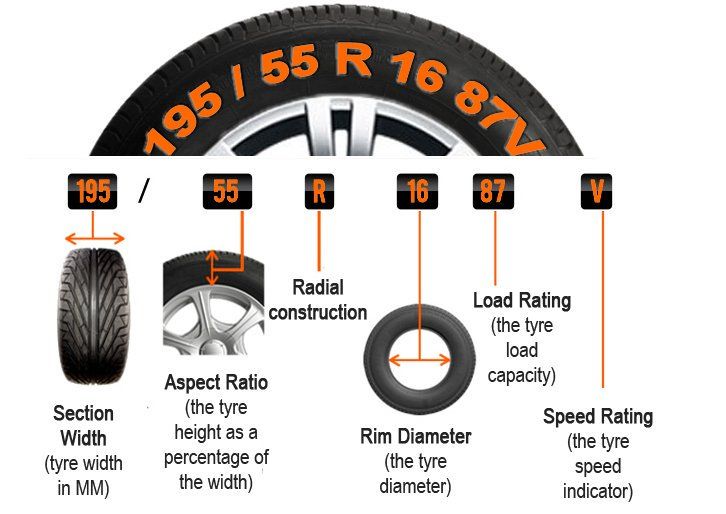 If you’re using a pen-style gauge, read the number on the rod that pops out of the sleeve. Read dial pressure gauges as you would a watch with one hand. With a digital pressure gauge, simply read the number on the screen. 2
If you’re using a pen-style gauge, read the number on the rod that pops out of the sleeve. Read dial pressure gauges as you would a watch with one hand. With a digital pressure gauge, simply read the number on the screen. 2
Find your tires’ recommended PSI in the owner’s manual or on a sticker just inside the driver’s side door. The proper PSI is crucial to your safety and the car’s longevity. Underinflated tires can overheat and wear unevenly; overinflated tires can blow out.1
Temperature has a direct effect on your air tires’ air pressure, so for an accurate PSI reading, make sure to check tire pressure when tires are cold. If it’s cold outside, then you can assume your tires are losing PSI and you should check even more frequently. This will help to ensure maximum safety. Take your car to a mechanic you trust for a professional assessment.3
If you happen to find yourself without a tire gauge and your car doesn’t have an indicator for low tire pressure, there are several things you can do to figure out whether your tires need to be inflated.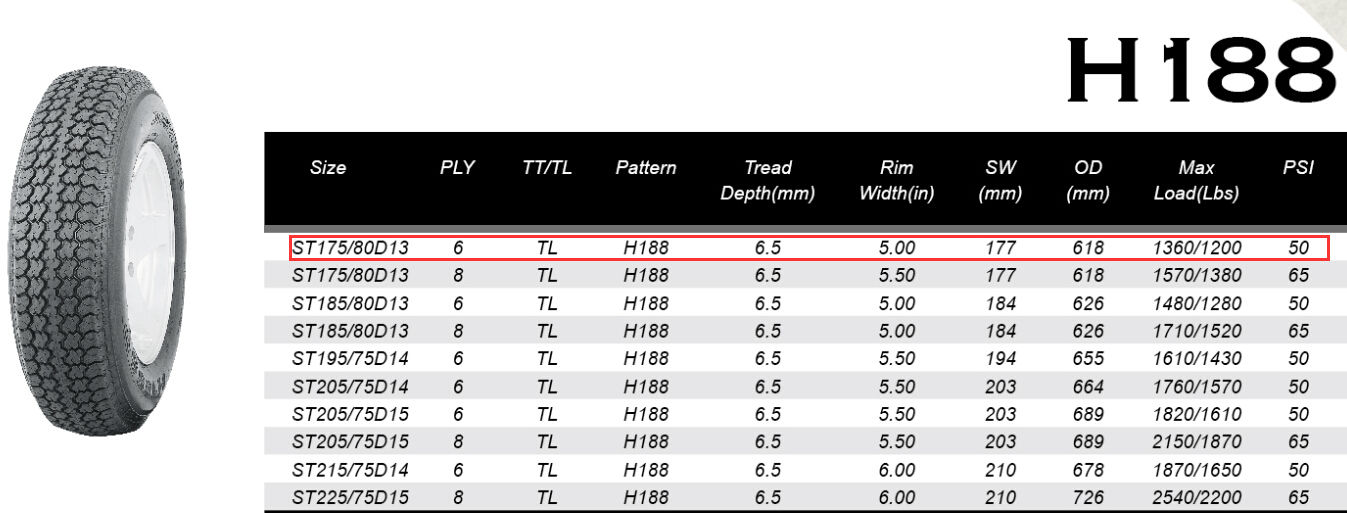
Of course, knowing your recommended PSI isn’t enough. You have to ensure you’re checking your tires regularly. Experts recommend you check air pressure once a month.5 Your car’s tire pressure monitoring system TPMS measures the amount of air in your tires to let you know whether your tires are properly inflated.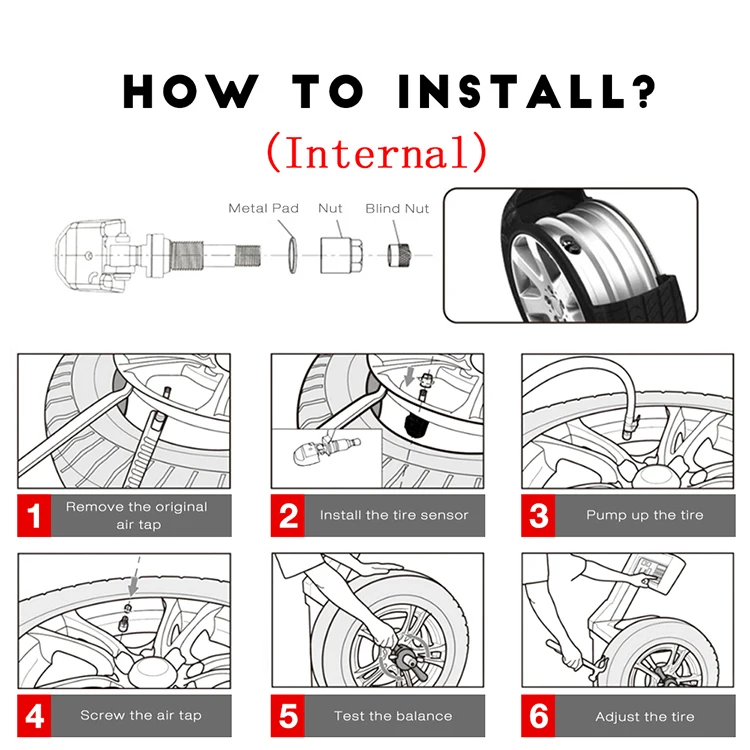 1
1
Frequently checking your PSI becomes even more important in the fall and winter, when outside temperatures drop and weather conditions fluctuate causing your tires to lose air more quickly. Generally, your tire will gain or lose 1 PSI for every 10-degree change in temperature, which means if you have a sudden drop of 30 degrees, you could lose 3 PSI overnight. If your tires were already low, this could cause tire damage, steering problems or even a flat tire.3
Knowing and maintaining the right air pressure is important to the safety and longevity of your tires. All it takes is a tire pressure gauge and a few minutes of your time.
Once you have the right tire pressure, make sure you also have the right coverage. Learn more about how Nationwide auto insurance can help protect you and save you money.
Sources:
1 https://www.pirelli.com/tires/en-us/car/driving-and-tire-tips/how-to-read/recommended-tire-pressure, Accessed April 2022.
2 https://www.consumerreports.org/cro/tire-pressure-gauges/buying-guide/index.htm#:~:text=There%20are%20three%20types%20of,of%205%20to%2099%20psi., Accessed April 2022.
3 https://www.firestonecompleteautocare.com/blog/tires/should-i-inflate-tires-cold-weather/, Accessed April 2022.
4 https://rxmechanic.com/how-to-check-tire-pressure-without-gauge/, Accessed February 2022.
If you study the requirements for a car wheel, you can distinguish only two groups: those that you have to pay attention to only once (when buying) and those that need to be monitored constantly. Among the latter, there is such a criterion as tire pressure.
At the initial stage, the tire acquires the necessary rigidity due to the correct proportions of the components in the rubber. But you can start using it only by pumping in the necessary amount of air, which creates internal resistance. The force with which it acts on the tire is the pressure in it.
The force with which it acts on the tire is the pressure in it.
Service technician measures tire pressure
The most common units of measurement are bar (Russia) and PSI (Europe and USA). In the first case, pressure is measured in atmospheres or kilograms per cm². And the second uses the ratio of pounds per square inch. Converting PSI to bars is easy: just divide the value by 14.5 (or do the opposite if you need to convert bars to PSI).
A number of important characteristics depend on whether the wheels are properly inflated.
Handling . The easiest way to understand that the tire pressure is incorrect is to follow the behavior of the car. A stiffer ride than usual, when every bump and pit is felt, and low brake sensitivity indicate that the wheels are overinflated. A decrease in reaction to gas and steering turns signal a lack of air in the cylinders.
Tire wear . Incorrectly set pressure leaves a mark on the tread.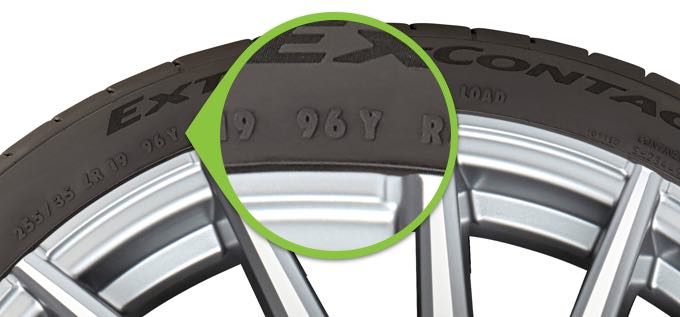 An overinflated wheel touches the road only in the central part instead of the entire tire area, therefore, over time, it turns out to be worn out in the middle. And the deflated, on the contrary, rests on the canvas with its edges, which are the first to surrender. In both cases, the tires will have to be changed ahead of schedule.
An overinflated wheel touches the road only in the central part instead of the entire tire area, therefore, over time, it turns out to be worn out in the middle. And the deflated, on the contrary, rests on the canvas with its edges, which are the first to surrender. In both cases, the tires will have to be changed ahead of schedule.
What wear looks like at low, high and optimal tire pressure
Fuel consumption . It happens that tires are pumped intentionally in order to reduce gas mileage. And in this case, it really falls. But this method can hardly be called economical: an extra tank per year will not pay for the premature replacement of rubber. Lowered tires will hit the budget even harder - in addition to tire wear time, the number of visits to gas stations will also increase.
The main difficulty in controlling the pressure in the wheels is due to the fact that there is no single standard for all wheels and cars. This variable is affected by several conditions.
This variable is affected by several conditions.
Vehicle type and model . If you remember that the tires must provide sufficient resistance to the weight of the car, it becomes clear that the pressure in the wheels of a small car and a crossover cannot be the same, even if you can put wheels of the same diameter on them - these cars have different weights. Therefore, do not take as a starting point the recommendations indicated on the tires themselves. And because of the differences in the production standards of automakers and body sizes of the same class, it is important to know the recommendations for a particular model. Usually this information is placed in the driver's door opening or on the gas tank cap from the inside.
Wheel diameter . In those cheat sheets that were mentioned above, most likely there will be several values - one for each recommended wheel size with a different disk radius. It's all about the size of the balloon.
Example of a manufacturer's recommendation label
Season . As hot air expands and cold air compresses, the tire pressure also changes. Therefore, in winter, the wheels will have to be pumped up by 0.2-0.3 atmospheres more - you can more accurately navigate by the temperature difference: for every 10 degrees there is about 0.1 bar.
As hot air expands and cold air compresses, the tire pressure also changes. Therefore, in winter, the wheels will have to be pumped up by 0.2-0.3 atmospheres more - you can more accurately navigate by the temperature difference: for every 10 degrees there is about 0.1 bar.
Road surface . It is almost impossible to guess which particular road you will have to go today. But you can navigate by the purposes for which the car was purchased: a frame SUV for fishing is unlikely to often drive on flat surfaces, and a comfortable sedan will not have to constantly overcome potholes and bumps. In the first case, it is recommended to increase the contact surface of the tires by lowering them by 0.1-0.3 bar, and in the second case, focus on standard values. And if you have a long trip on the highway, it is worth increasing the pressure by 0.2-0.3 atmospheres.
Driving style . Overinflated tires combined with aggressive behavior on the road is a dangerous cocktail: a small patch of contact with the canvas will not allow you to slow down in time, and the rubber can burst from a sharp blow in a small hole or on a bump. Therefore, impatient drivers should stick to the standard values or even lower the wheels slightly for their own safety. And for calm motorists, it is enough to adjust the average pressure indicators depending on the season and type of roads.
Therefore, impatient drivers should stick to the standard values or even lower the wheels slightly for their own safety. And for calm motorists, it is enough to adjust the average pressure indicators depending on the season and type of roads.
Having calculated the optimal value, you can begin to check the current pressure. For this you need a tool and a little theory.
Pressure gauge . This is the name of the device for self-measuring tire pressure. There are three types of pressure gauges: pointer, mechanical and electronic. The former are distinguished by accuracy and fragility, the latter by strength, and the third by very high accuracy (error of only about 0.05 bar) and modernity. It is recommended to check the indicators with such a device at least once a week.
Measuring pressure with a mechanical pressure gauge
Electronic sensor . This built-in device in the car will let you know when the tire pressure changes significantly, but does not eliminate the need for a manual pressure gauge: as any electronics, the sensor may be faulty. To get the full picture, it is better to purchase a pointer or mechanical pressure gauge in pair with such a sensor.
To get the full picture, it is better to purchase a pointer or mechanical pressure gauge in pair with such a sensor.
Read also: Tire marking: decoding
In order not to be mistaken, having even the most accurate instruments, it is worth remembering the laws of physics and following two rules.
Pressure is measured only on cold tires . Tires heated by traffic can affect the behavior of the air inside the wheel and, accordingly, the pressure gauge. Tires are considered cold if they have not been driven for 5 hours or more.
Vehicle must not be overloaded . Excessive mass will cause the air to be distributed unevenly, creating a difference in pressure. In this case, it will be almost impossible to determine the real value.
If the pressure turned out to be too high, it is enough to remove the cap from the nipple and bleed the air, controlling the readings with a pressure gauge.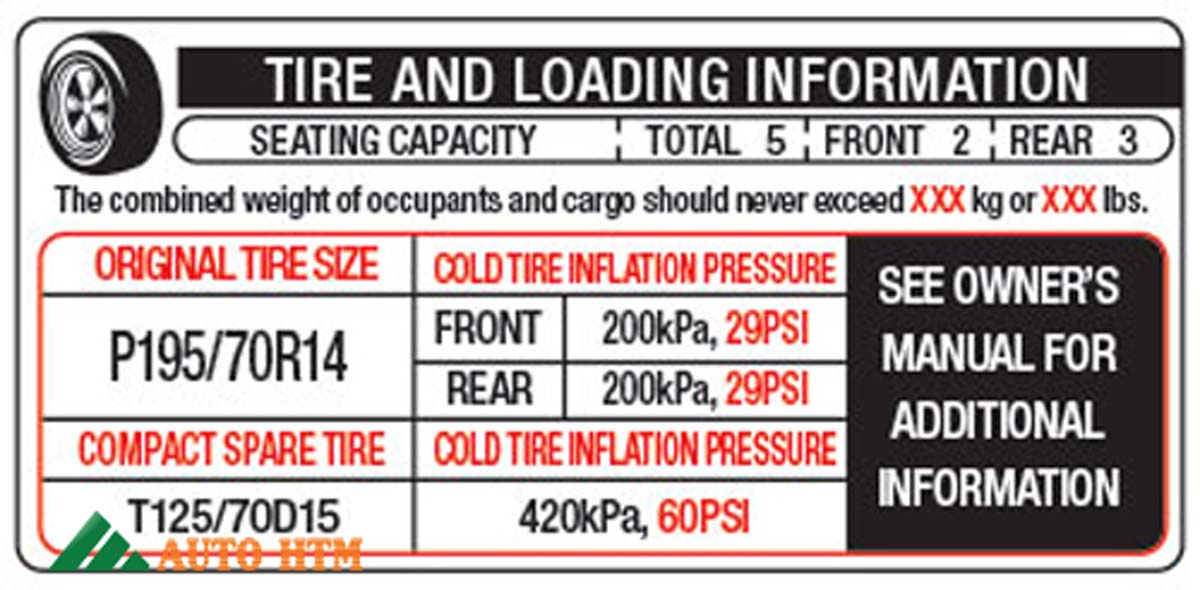 Otherwise, there are several ways to achieve the desired value.
Otherwise, there are several ways to achieve the desired value.
At STO . This option requires not only money, but also time - not every car service is ready to accept a client without an appointment, even for tire inflation. But here you can relax a little instead of manipulating the pump and dirty wheels, and at the same time check the accuracy of your pressure gauge by comparing its readings with those of a professional one: they will definitely measure the tire pressure at the service station again.
Independently . The advantage of this solution is the efficiency and relatively low cost: you only need to purchase a mechanical pump or an electric compressor once. This is also worth doing because trouble with a wheel can also happen outside the city, where there is neither a service station nor a modern gas station with a wheel inflation station.
Tire pressure monitoring is not an easy task that requires a lot of attention.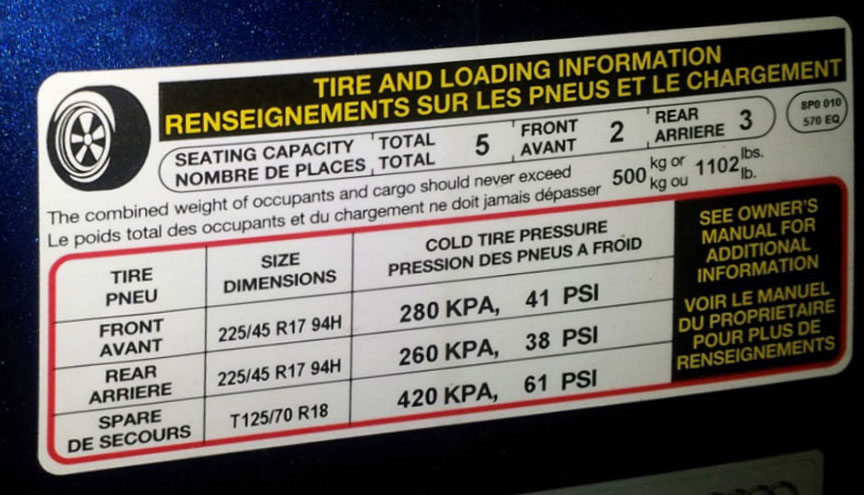 But this is exactly the case when proper care directly affects comfort, safety and budget.
But this is exactly the case when proper care directly affects comfort, safety and budget.
07/23/2021
Tire pressure is an important point during the operation of any vehicle and, in particular, cars. This indicator affects not only the wear rate of products, but also the quality indicators for driving a car, safety and comfort while driving, and the level of fuel fluid consumption. For this reason, every car owner should know how to correctly measure the pressure inside the tires and the tools for this procedure.
On the territory of the Russian Federation, the unit of measurement for air pressure for tires is 1 atm = 1 kgf / cm2. The value of this value is often equated to another unit - Bar. But in the US, this value is indicated in PSI, where 1 psi \u003d 1 psi. inch. This state of affairs affects the labeling and differences in the interpretation of indicators for different manufacturers. The designation of the maximum allowable pressure is in Kilopascals, where 1 kPa = 6.895psi
The designation of the maximum allowable pressure is in Kilopascals, where 1 kPa = 6.895psi
At the same time, when discussing the correct selection of the desired pressure value inside the tires, it is worth considering not the brand of tires, but the recommendations from the manufacturer of a particular brand, model and modification of the car. But not vice versa.
Of course, special devices are used to understand the correct value and, at least, the current tire pressure reading. Manometers come in different types:
But besides this, other types of devices will also help:
 Such a device is screwed onto the place of a conventional cap and, depending on the color, the pressure level can be clearly calculated.
Such a device is screwed onto the place of a conventional cap and, depending on the color, the pressure level can be clearly calculated. It should be noted separately that tire pressure measurements are carried out before the upcoming trip or after 5-8 hours of vehicle inactivity.
For the convenience of car owners, manufacturers indicate information about the required level of pressure on the front and rear wheels in such a way that you can always check it at the right time. Sometimes reference plates are located on the B-pillar or on the inner cap of the gas tank, as well as on the end of the door on the driver's side.
In addition to the fact that all tires are divided into 3 main types: all-season, summer and winter, the inflation process in summer and winter will differ.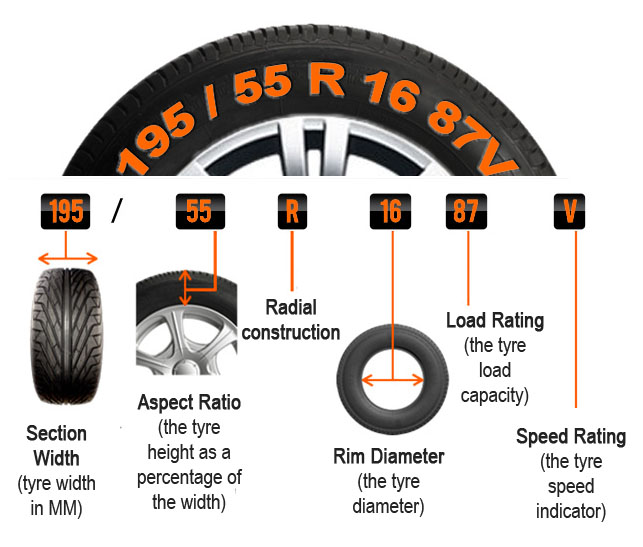 This is due to the fact that inside any closed space, a pressure change of 0.1 atm occurs with temperature fluctuations for every 8-10 degrees Celsius.
This is due to the fact that inside any closed space, a pressure change of 0.1 atm occurs with temperature fluctuations for every 8-10 degrees Celsius.
In summer, one should take into account the heating of the road surface, which affects the increase in grip and friction of coated tires. Therefore, in this case, it is important to avoid the likelihood of tire explosions and other emergencies. When inflating tires in summer, the following factors related to tire pressure should be considered:
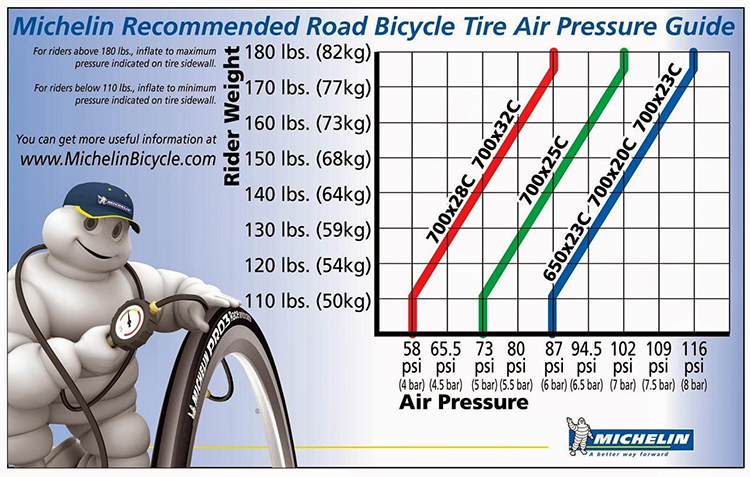
The pressure drop in winter is caused by the cooling and cooling of road surfaces. This leads to a corresponding decrease in the stability of the tires on the road while driving. From here follow the basic principles of tire inflation in winter:
Regardless of the level of professionalism in car ownership, experts recommend using a pressure gauge at least once a month and before long trips. If there are frequent temperature fluctuations in the weather in any of the seasons, the interval should be reduced to 2 weeks.
With reduced tire pressures, contact between the wheel and the road surface occurs only at the extreme points. In visual terms, sometimes it is simply impossible to determine this, but this situation leads to the following negative consequences:
When the required tire pressure is exceeded, only the central part of the wheels comes into contact with the road. This entails the following consequences:

But even more dangerous situations and consequences arise with different pressures in all 4 or at least 2 tires. Indeed, in this case, there is a roll towards a less inflated wheel. In such cases, the consumption of fuel fluid increases up to 10%.
Despite this, attention should be paid to cases in which pressure deviations in car tires by 10-12% help to help out on bumps, when passing surfaces with sand, viscous mud, and wet grass. That is, it is possible to increase the permeability. Pumping in a small range will help while moving on highways at high speeds. Sometimes a slight increase in pressure only on the rear tires allows you to carry heavy loads with the least problems.
It is important to note that factory standards today are verified data that you should definitely focus on. They undergo numerous checks and tests, and the level of competition between brands makes it necessary to improve all indicators and the testing process. If you could not find recommendations from your car brand manufacturer, below we bring to your attention a table with the necessary data:
If you could not find recommendations from your car brand manufacturer, below we bring to your attention a table with the necessary data:
| 25 | thirty | 35 | 40 | 45 | fifty | 55 | 60 | 65 | 70 | ||||||||||
| The size | kgf/cm2≈BAR | The size | kgf/cm2≈BAR | The size | kgf/cm2≈BAR | The size | kgf/cm2≈BAR | The size | kgf/cm2≈BAR | The size | kgf/cm2≈BAR | The size | kgf/cm2≈BAR | The size | kgf/cm2≈BAR | The size | kgf/cm2≈BAR | The size | kgf/cm2≈BAR |
| 285/25-R20 | 2. | 265/30-R19 | 2.8 | 215/35-R18 | 2.8 | 195/40-R17 | 2.8 | 165/45-R15 | 2.5 | 165/50-R15 | 2.4 | 155/55-R14 | 2.2 | 185/60-R14 | 2.0 | 175/65-R13 | 1.9 | 175/70-R13 | 1.9 |
| 295/25-R22 | 2.9 | 275/30-R19 | 2.8 | 225/35-R18 | 2.8 | 205/40-R17 | 2.8 | 195/45-R15 | 2.6 | 195/50-R15 | 2.4 | 165/55-R14 | 2. | 175/65-R14 | 2.0 | ||||
| 285/30-R19 | 2.8 | 255/35-R18 | 2.7 | 215/40-R17 | 2.7 | 195/45-R16 | 2.5 | 205/50-R15 | 2.3 | 165/55-R15 | 2.1 | ||||||||
| 245/30-R20 | 2.9 | 265/35-R18 | 2.6 | 235/40-R17 | 2.6 | 205/45-R16 | 2.4 | 225/50-R15 | 2. | 185/55-R15 | 2.1 | ||||||||
| 275/30-R20 | 2.9 | 275/35-R18 | 2.5 | 245/40-R17 | 2.5 | 205/45-R17 | 2.7 | 195/50-R16 | 2.4 | 195/55-R15 | 2.1 | ||||||||
| 255/30-R20 | 2.9 | 215/35-R19 | 2.8 | 255/40-R17 | 2.5 | 215/45-R17 | 2.6 | 205/50-R16 | 2. | 205/55-R16 | 2.2 | ||||||||
| 245/30-R22 | 2.9 | 225/35-R19 | 2.8 | 215/40-R18 | 2.8 | 225/45-R17 | 2.5 | 215/50-R16 | 2.3 | 215/55-R16 | 2.3 | ||||||||
| 265/30-R22 | 2.9 | 235/35-R19 | 2.8 | 225/40-R18 | 2.7 | 235/45-R17 | 2.4 | 225/50-R16 | 2. | 225/55-R17 | 2.3 | ||||||||
| 285/30-R22 | 2.9 | 245/35-R19 | 2.8 | 235/40-R18 | 2.6 | 215/45-R18 | 2.4 | 205/50-R17 | 2.4 | ||||||||||
| 255/35-R19 | 2.8 | 245/40-R18 | 2.6 | 225/45-R18 | 2.4 | 215/50-R17 | 2.4 | ||||||||||||
| 265/35-R19 | 2. | 265/40-R18 | 2.6 | 235/45-R18 | 2.6 | 225/50-R17 | 2.4 | ||||||||||||
| 275/35-R19 | 2.8 | 275/40-R18 | 2.8 | 245/45-R18 | 2.5 | 225/50-R18 | 2.5 | ||||||||||||
| 245/35-R20 | 2.9 | 225/40-R19 | 2.8 | 255/45-R18 | 2. | 235/50-R18 | 2.5 | ||||||||||||
| 255/35-R20 | 2.9 | 245/40-R19 | 2.9 | 225/45-R19 | 2.8 | ||||||||||||||
| 275/35-R20 | 2.9 | 255/40-R19 | 2.9 | 245/45-R19 | 2.7 | ||||||||||||||
| 275/40-R19 | 2. | ||||||||||||||||||